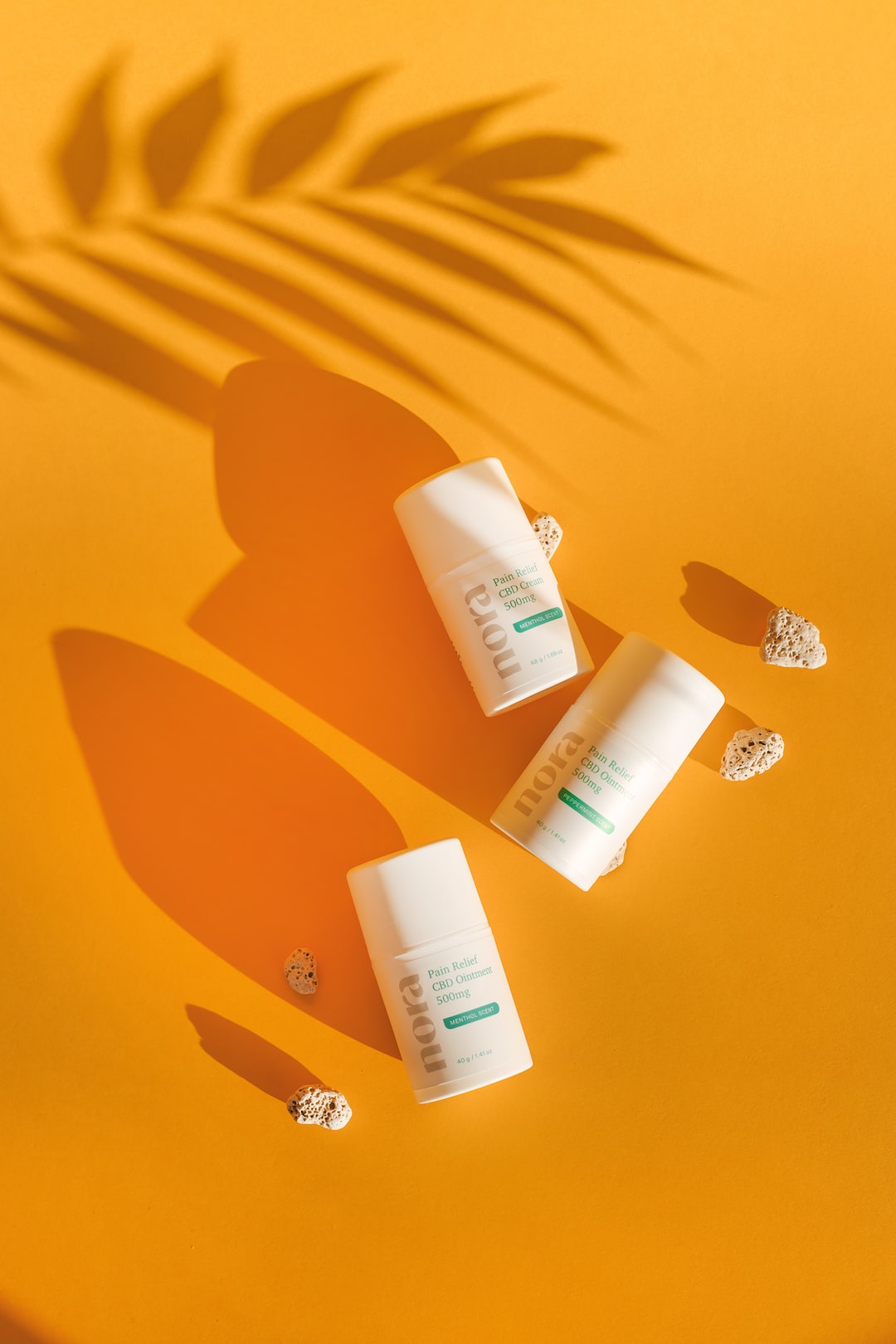The Magic of Face Masks: Types, Benefits, and How to Apply
In our fast-paced lives, taking care of our skin often gets pushed to the bottom of our to-do lists. However, one skincare ritual that should not be overlooked is the use of face masks. Face masks are not only relaxing and soothing, but they also offer numerous benefits for your skin. From hydrating and brightening to detoxifying and exfoliating, there is a face mask for every skin concern. In this blog post, we will explore the different types of face masks, their benefits, and how to properly apply them for optimum results.
First and foremost, it’s important to understand that each skin type requires a different type of face mask. For those with dry or dehydrated skin, a moisturizing mask enriched with ingredients like hyaluronic acid or glycerin will work wonders. These masks deeply hydrate the skin, restoring moisture and preventing dryness. On the other hand, individuals with oily or acne-prone skin can benefit from clay or charcoal masks. These masks work by absorbing excess sebum, unclogging pores, and reducing blemishes. Finally, for those with dull or aging skin, a brightening or anti-aging mask infused with ingredients like vitamin C or retinol can help rejuvenate the complexion and promote a youthful glow.
Now that we know the different types of face masks, let’s delve into their benefits. One of the most obvious advantages of using a face mask is the instant relaxation it provides. The sensation of a cool, refreshing mask on your skin can be incredibly soothing and stress-relieving. Additionally, face masks can help improve the texture and appearance of your skin. By nourishing and replenishing the skin with essential nutrients, masks can leave your complexion looking smoother, brighter, and more radiant. Some face masks also have exfoliating properties which can help remove dead skin cells and reveal a fresher, more youthful layer of skin. Furthermore, face masks can aid in the detoxification process by drawing out impurities and toxins from the skin, leaving it purified and revitalized.
Now that you’re aware of the various benefits of face masks, let’s talk about how to properly apply them. The first step to applying a face mask is to cleanse your skin thoroughly. Remove any makeup or dirt using a gentle cleanser and pat dry with a clean towel. Once your face is clean, apply the mask evenly to your face using a clean brush or your fingertips. Avoid the delicate skin around the eyes and lips. Ensure that you apply a sufficient amount to cover your entire face, but not too thickly as this can prevent the mask from drying properly. Once the mask is applied, sit back, relax, and allow it to work its magic. Most masks require around 10-20 minutes to dry, but it’s best to follow the instructions provided with your specific mask. During this time, you can take the opportunity to meditate, read a book, or simply enjoy a few moments of serenity. Once the mask has completely dried, carefully remove it using warm water and a clean cloth. Gently pat your face dry and apply your favorite moisturizer to lock in the benefits of the mask.
In conclusion, face masks are a wonderful addition to any skincare routine. They offer a range of benefits depending on your skin type, from hydration and brightness to detoxification and exfoliation. By incorporating face masks into your weekly skincare regimen, you can achieve a healthier, more radiant complexion. So, take some time out of your busy schedule, treat yourself to a face mask, and let the magic happen. Your skin will thank you for it.

